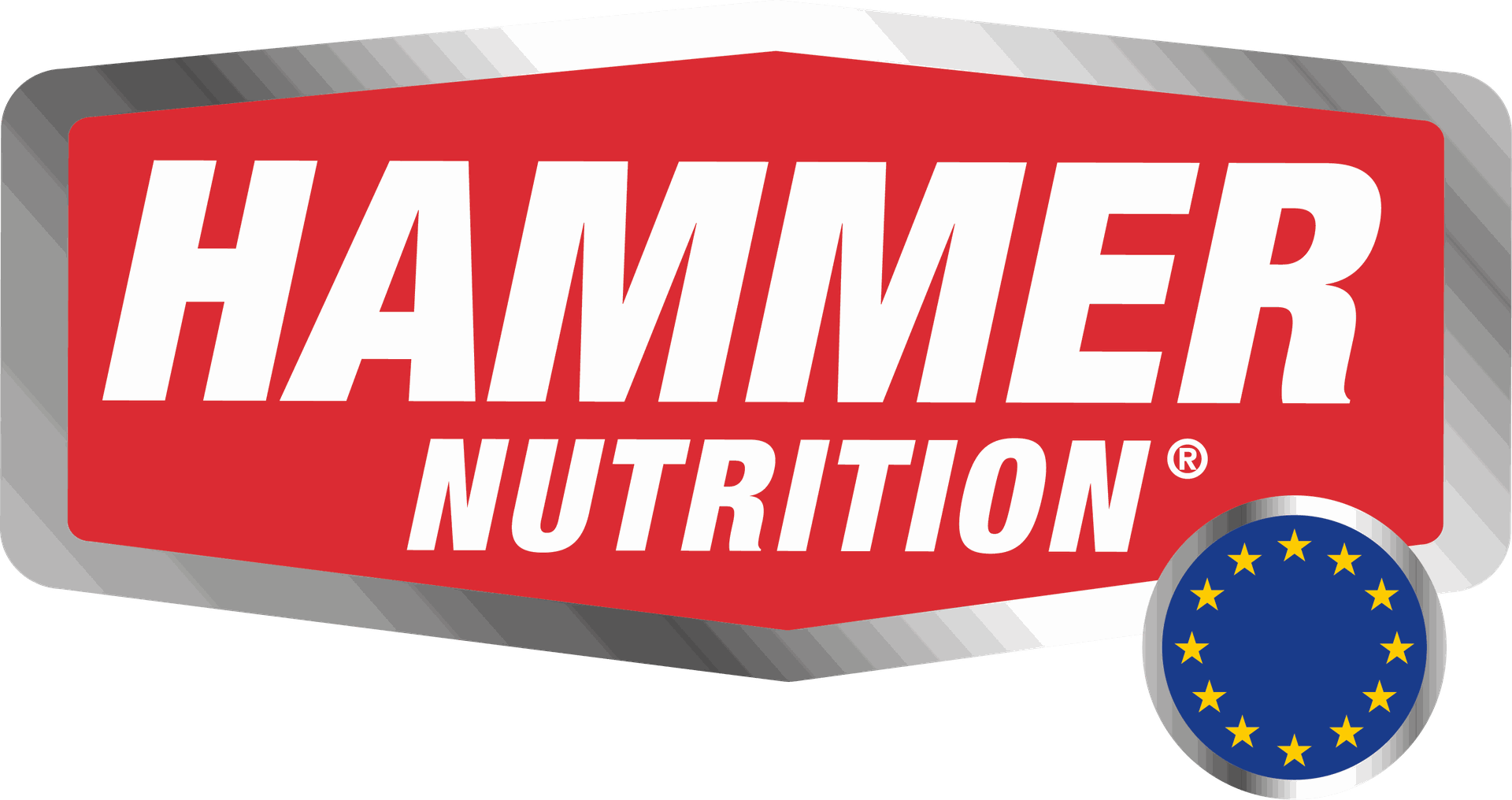Here’s an idea…let’s cut health care costs by not needing as much health care. I know, it sounds radical. How do you need less health care? By being healthier. How does that occur?
- By learning the Optimal Human Metabolism Triad (OHM) in regard to food (proper food content, mindfulness; IF. Discussed more below).
- Being in at least decent physical conditioning.
- Prioritizing sleep.
- Managing stress.
- Supplementation.
There are others, but these items are the low-hanging fruit and within our control. Each of these components is rife with controversy and could easily be a topic for thousands of studies. I’m not debating, nor am I waiting.
I will go as far as to say if you do not have an understanding of the above modalities and implement them in your life in a major way, it is highly likely you will insidiously gain weight, progress down the continuum to Type II Diabetes, become progressively dependent on medication and your Stiff in a White Coat (medical provider), and progressively lose independence and quality of life. I am a clinician. I see thousands of patients per year. I see what befalls them. And I remember it. This is the power of empiricism. No double-blinded placebo-controlled trial is needed to understand the connection between a metabolically un-well lifestyle with becoming metabolically unwell. You can quote me on that.
DON’T CODIFY ME:
I’ve been called Dr. Keto. You can codify me as a Hybrid, or a Woodsman. I’m ok with Father, Carrier of Concealed Weapons (legally), Rarely Late, and Anti-Dogma. But not Keto. I don’t advocate anyone, especially athletes, eat a ketogenic diet (KD). Oh?
Let’s review: a KD is much nuanced. It’s extremely low carb, very high fat, and relatively low protein. The idea is to burn fuel in a way that ketones are liberated in decent amounts. These ketones offer numerous health benefits. A KD is NOT necessary to be healthy and is NOT necessary to lose large amounts of weight.
If you are of a newer persuasion of thought, and view most disease as a result of distorted metabolism over time, a brief study of the health benefits of the KD make a lot of sense. As a student of anthropologic biology and nutrition, it is very apparent to me that our fore-people (I’m talking way, way back, not Grandma Flo) were in and out of ketosis regularly. When they turned a mastodon into a pincushion and subsequently gorged, no ketosis. During a prodigious day of berry foraging, no ketosis. Scavenging carrion before a Short-faced bear found it, no ketosis. Food scarcity/starvation? Definitely ketosis. So a big part of my belief system is that we human animals are well-equipped to be in and out of ketosis. And I am every day. I eat breakfast only a handful of times per year. My first meal (except life-giving water and coffee) is at 12:30 PM. That’s when I get a 30-minute “lunch” to deal with government and insurance idiot mandates. Three days a week, I usually eat once in the evening. I have never checked my ketone levels. Neither blood nor breath have I ever sampled my ketone levels. Not opposed to it, just got other things going on. Oh, and I don’t weigh my food or count calories.
I used to exercise a lot. Several hours per week as making the podium at Spartan races in the oldster division was a pursuit worthy of suffrage. I exercise less now and mix it up. Multiple combinations of resistance and cardio as a way to occupy my ever-wandering mind. I usually exercise on an empty stomach (OES). This was heresy a few years ago. Meaning I felt strongly that fueling was important before exercise. When I was a beer-drinking cereal eater (sometimes at the same time), I could not exercise OES. I would bonk, could hardly continue, and felt like I needed to shed some brown pounds. I was not a good burner of fat and had physiological latency in metabolic resource extraction. This has all changed now, and I love it. I eat after exercise but sometimes continue the fat burn for an hour or so. With longer (two hours or more) exercise sessions, I fuel, usually with Perpetuum. If it’s hot, there’s always FIZZ.
WHY I DON’T RECOMMEND A KD FOR ATHLETES:
I don’t discourage it either, it just needs to be done right and refined over a prolonged period, or performance will suffer.
Dr. D’Agustino is a ketogenic researcher at the University of South Florida. He is finding fascinating benefits of the KD, not just for athletes but for military special forces. I’ve written about another researcher, Dr. Volek, and his work in the FASTER study. He compared numerous body metrics of truly keto-adapted athletes (very low-carb eating for an average of 20 months) with those of high-carb eating athletes. The fat-adapted, keto-adapted athletes had lower percent body fat, more muscle, less fat, and a very small increase in VO2 max. He also found that there were NO differences in muscle glycogen between the groups.
Dr. Volek was the first researcher to show that properly keto-adapted endurance athletes possess a dramatically enhanced ability to burn fat while maintaining normal muscle glycogen.
So then, why would I not recommend it to a high-level athlete wanting to get an edge? Less fat and more muscle sure sounds like an advantaged Power to Weight Ratio, doesn’t it?! Here’s why:
1) I know that, realistically, it’s the rare individual capable of bucking the “Carb is King” dogmatic status quo. Most will find dozens of reasons why it won’t work for them, or why they were unsuccessful at it. I don’t have time to listen to bitching.
2) It takes time, a long time, to be truly fat/keto-adapted. Dr. Burke et al in two studies, showed that very high-level endurance athletes felt worse, and performed worse, after 3.5 weeks of low-carb, high-fat eating. 3.5 weeks is a blink in time. It’s nowhere near what is required to retool our metabolic machinery. But 3.5 weeks is an eternity for those of you that do amazing endurance pursuits on the regular. Always training, always competing.
To illustrate this point for adaptation, let’s look at just one process that takes place in the body as a result of eating a KD. There is a protein called the monocarboxylic acid transporter. It allows the entry of ketones into the cell to use for fuel (ketones are energetically very dense). It ALSO transports lactic acid, also to use for fuel. No athletes want lactic acid to build up, right? Like all proteins in our body (400,000 of them), this transporter protein is transcribed from our genome and then made. The presence of ketones directly affects our genome (this is epigenetics!) to make more of this transporter protein. It takes a long time to do this optimally. Many months, even a year.
3) When carb is greatly reduced, there is commonly a detrimental effect on the “reward factor”. Comfort food and thing like soda and beer is potent on our brain chemistry and particularly important for some athletes that regularly employ great bodily suffrage. Again, it’s the rare individual that will find the KD worth it.
OPTIMAL HUMAN METABOLISM TRIAD.
This is a concept to understand our relationship with food. A philosophy, not a diet.
LCHF This refers to what we eat, the content of our food. As omnivores, we have the capacity to eat in a varied way and thrive. Individual differences are determined by our activity levels and genetic makeup. The majority of humans do well on a lower carbohydrate, higher fat, dietary foundation. Preferably food that is organic and animal product from animals that ate their native food (wild caught/harvested, free-roaming, grass-fed).
Mindfulness This refers to how we eat. Eating slowly, without distraction; aware of taste, texture, and mouth feel of food; setting utensils down; chewing for a longer time; being aware of when you’re satisfied (the step before full) and stopping.
IF Also known as time-restricted feeding, this refers to when we eat. Burning fat metabolically is improbable in a fed state. Purposely withholding food is freeing, allows the burning of fat stores, and offers several other health benefits. There are many options that can work with individual schedules. Starting slow and experimenting can result in hunger becoming a favorable thing.
WHAT ABOUT A HYBRID?
Now we’re talking. Let’s shuck the extremes. Let’s do what makes physiological sense, in a way to optimize our power-to-weight ratio, and enjoy our diet, that lends itself to sustainability.
Can we realize benefits by minimizing carbs (and especially sugar, OMG!) in our diet, and reserving most of it for heavy training and competition? Ab-sa-loot-lee. I do this basically every day, and I consider it to be the best of both worlds.
Here’s the concept. Enjoying the mindful consumption of quality starch with meals, preferably dinner. As a garnish, not a staple. Relegate carbs to just before, during, and after heavy workouts and competition. Carbs, with this timing, are less capable of causing blood sugar spikes and the caldron of metabolic mayhem that follows over time, in everyone. Dr. D’Agostino and others have found that a state of relative ketosis can still be maintained (and their myriad benefits realized) using a model like this, with even upwards of 200 grams of carb per day.
SUMMARY:
Here’s a lively and somewhat graphic paragraph from one of my past articles:
“I was a carb eater and an excessive carb fueler. It’s what I was taught, and what represented orthodox sports nutrition advice. I had 10-12% body fat, felt pretty good and pushed it really hard. My innards were not too thrilled, however. This did, at times, assist in putting distance between me and all those behind me, but it didn’t take a genius to realize something wasn’t right. I came to accept a period of physical and mental bonking, was always sore, and had nagging injuries. I also accepted eczema, acne, and excessive phlegm as just being a part of who Bayne French was. Years ago, this all changed. I remember at Mothers Bistro in downtown Portland looking at my breakfast plate of eggs, meat, and sautéed spinach feeling a sense of freedom, excitement, and empowerment in the absence of hash browns, pancakes, and toast. Over time my percent body fat reduced to 7%, strength increased, as did stamina. I employed a “hybrid” strategy of LCHF living and reserving carb fueling via Perpetuem for training and competition. This resulted in a 2016 second-place finish at the Spartan World Championships Ultra Beast master’s division in Lake Tahoe. It was a God-awful, nasty, brutal, austere mountain torture chamber of wind and cold, and I was never happier. Oh, and skin, bloat, bonk, toots, phlegm, and injuries dramatically better.”
My philosophy on health and wellness is relatively simple. It starts with timing and content of food. The OHM Triad is not a theoretical for me, but a huge part of my daily existence. I fast every day. It’s freeing, especially in the morning. I view the morning as the best time to fast because we wake up already burning fat. Many of you may train in the morning, before work, and this might be problematic. I do believe, however, that exercise in a fasting state (OES) does enhance metabolic, fat-burning cellular retooling but each of you needs to determine what is possible for yourselves, over time.
A simple understanding and implementation of the OHM continuum and flow of three components can unlock your metabolic potential. It is a potential because most individuals have lost their ability to burn fat. This is a metabolically unwell state. Each of our primitive brains is driving us to be a storer of fat. It will conspire unrelentingly to protect fat stores at the very least and usually add to them with every passing year. This cycle must be broken if leanness, mobility, mental clarity, inflammation reduction, enhanced performance, and well-being are goals of yours. An alternative as an athlete is carrying around a few extra unneeded pounds of fat tissue, being excessively sore, and experiencing longer recovery and a shorter career. As a patient, repeatedly enjoying one hour in the waiting room and three minutes with your Stiff in a White Coat.






